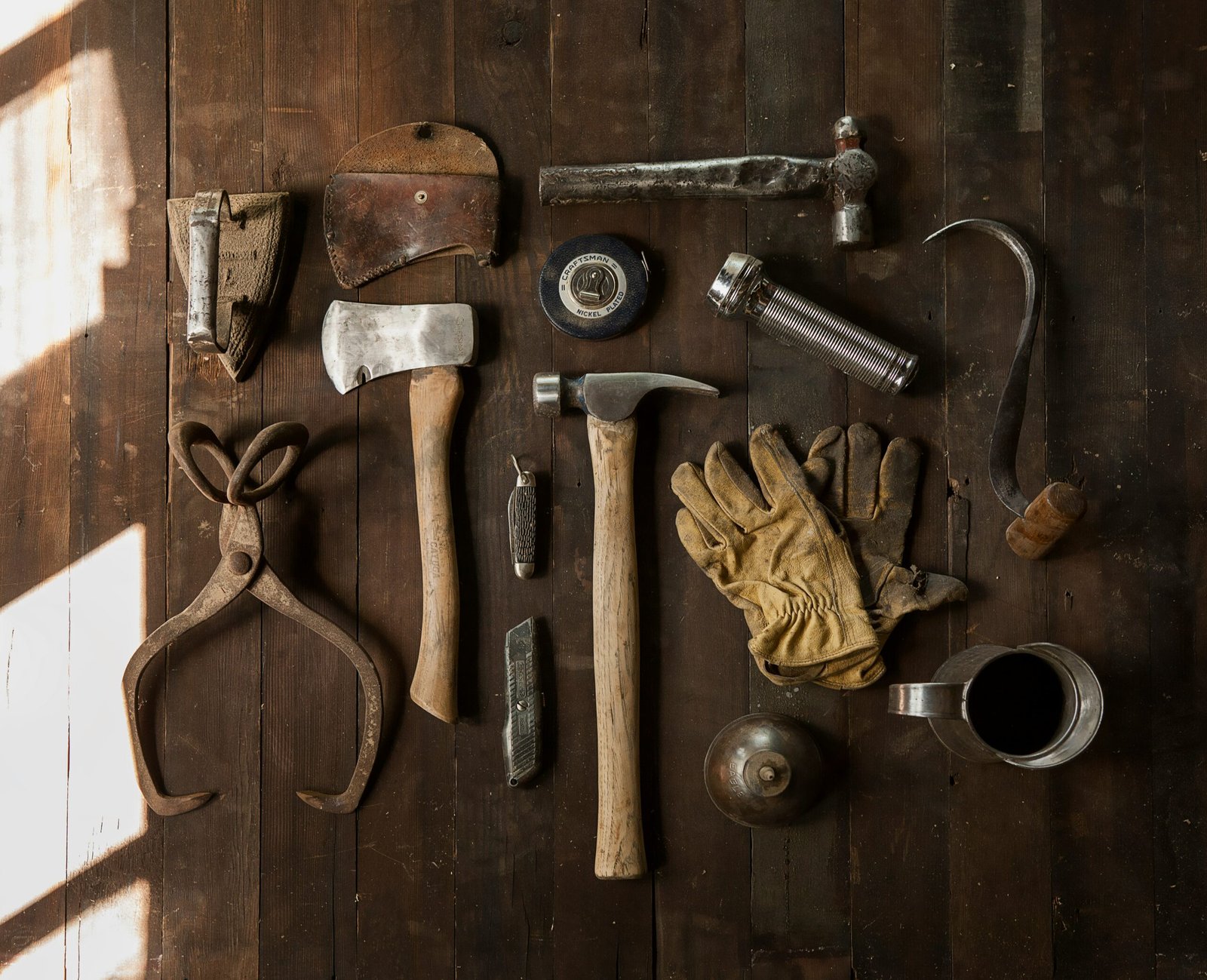
Introduction
When it comes to tackling easy crafts, choosing the right tools can make all the difference. Hand tools and power tools each have their own advantages and disadvantages, and it’s important to understand which one is best suited for your specific project. In this blog post, we will explore the differences between hand tools and power tools, and provide some guidance on how to choose the right equipment for your easy crafts.
Hand Tools
Hand tools are the traditional tools that have been used for centuries. They are operated manually and do not require any external power source. Hand tools are often preferred for smaller projects or tasks that require precision and control. Here are some popular hand tools that are commonly used in easy crafts:
- Scissors: Scissors are a versatile tool that can be used for cutting various materials such as paper, fabric, and cardboard. They are easy to use and provide a high level of control.
- Utility Knife: A utility knife is a must-have tool for any crafter. It can be used for cutting, scoring, and trimming various materials.
- Needle and Thread: For sewing and embroidery projects, a needle and thread are essential tools. They allow for precise stitching and can be used to create intricate designs.
- Pliers: Pliers are used for gripping, bending, and cutting wires or small objects. They are commonly used in jewelry making and other crafts that involve working with small components.
- Screwdriver: A screwdriver is a basic tool that is used for driving or removing screws. It is essential for assembling or disassembling objects.
Power Tools
Power tools, on the other hand, are electric or battery-powered tools that provide more speed and efficiency. They are ideal for larger projects or tasks that require more power. Here are some popular power tools that are commonly used in easy crafts:
- Drill: A drill is a versatile tool that can be used for drilling holes, driving screws, and even sanding. It is a must-have tool for any DIY enthusiast.
- Hot Glue Gun: A hot glue gun is a handy tool for bonding materials together. It is quick and easy to use, making it perfect for crafts that require fast assembly.
- Rotary Tool: A rotary tool is a versatile handheld tool that can be used for cutting, grinding, sanding, and polishing. It is commonly used in woodworking and metalworking projects.
- Paint Sprayer: If you’re working on a painting project, a paint sprayer can save you a lot of time and effort. It allows for quick and even application of paint.
- Electric Saw: An electric saw is a powerful tool that can be used for cutting various materials such as wood, plastic, and metal. It is ideal for larger cutting tasks.
Choosing the Right Equipment
Now that we have explored the differences between hand tools and power tools, let’s discuss how to choose the right equipment for your easy crafts. Here are some factors to consider:
- Project Size: Consider the size of your project. For small, intricate crafts, hand tools may be more suitable. For larger projects, power tools can help you get the job done faster.
- Level of Precision: If your project requires a high level of precision and control, hand tools are the way to go. Power tools are generally more efficient but may not offer the same level of precision.
- Experience Level: Consider your experience level with tools. If you are a beginner, it may be easier to start with hand tools before moving on to power tools.
- Budget: Power tools are generally more expensive than hand tools. Consider your budget and invest in tools that you will use frequently.
- Safety: Power tools can be more dangerous if not used properly. Make sure to read the instructions and take necessary safety precautions when using power tools.
Ultimately, the choice between hand tools and power tools depends on your personal preference and the specific requirements of your project. It’s always a good idea to have a mix of both types of tools in your toolbox, as they complement each other and can be used in different situations.
Conclusion
Choosing the right tools for your easy crafts is essential for a successful and enjoyable crafting experience. Hand tools offer precision and control, while power tools provide speed and efficiency. By considering factors such as project size, level of precision, experience level, budget, and safety, you can make an informed decision and select the tools that are best suited for your needs. So, whether you prefer the simplicity of hand tools or the power of electric tools, make sure to choose the right equipment for your next crafting adventure.
















